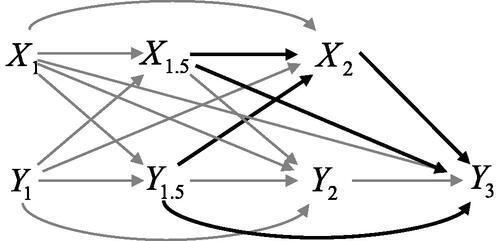Figures & data
Figure 1. Causal diagram that shows the relationship between the covariates, the exposure and the outcome
denotes the average causal effect (ACE) of
on

Figure 2. Path diagrams of the cross-lagged panel models with lag-1 (CL1) and lag-2 (CL2) effects for three measurement waves.
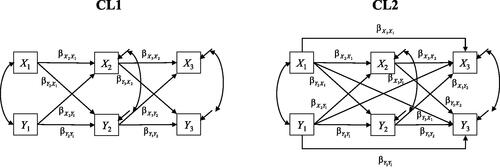
Figure 3. Path diagram of an observation-level model with a single latent variable (OL1; Finkel, Citation1995) for three measurement waves.
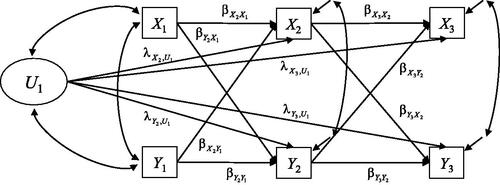
Figure 4. Path diagram of an observation-level model with two latent variables (OL2; Dishop & DeShon, Citation2021; see also Bollen & Brand, Citation2010) for three measurement waves.
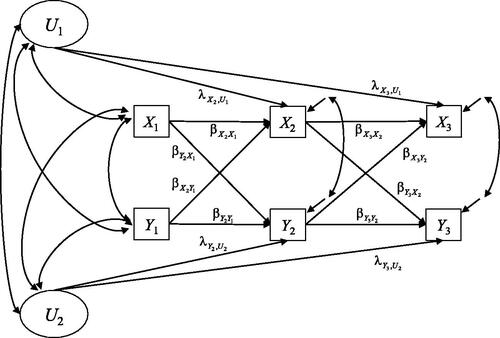
Table 1. Overview of different latent variable-type models that adjust for effects of unmeasured variables
Figure 5. Path diagram of the random intercept cross-lagged panel model (RI-CLPM; Hamaker et al., Citation2015) for three measurement waves.
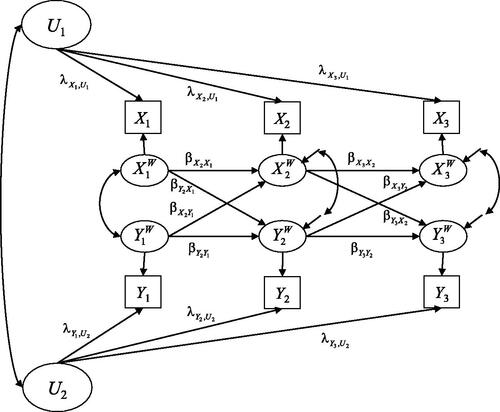
Figure 6. Path diagram of the fixed effects dynamic panel model (FED; Allison et al., Citation2017) for three measurement waves.

Figure 7. Four different simulation scenarios for a cross-lagged panel design with three measurement waves. Scenario A: true model is a cross-lagged panel model with lag-2 effects (CL2). Scenario B: true model is an observation-level model with a single latent variable (OL1). Scenario C: true model is a residual-level model. Scenario D: true model is a fixed effects dynamic panel model (FED).
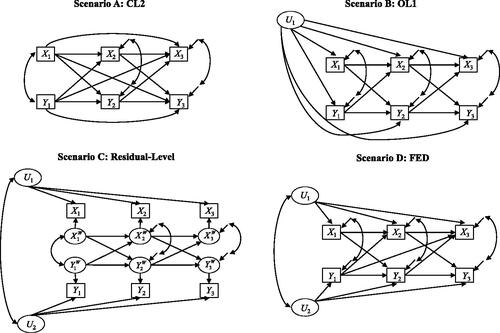
Table 2. Results for Scenario A: True model is the cross-lagged panel model with lag-2 effects (CL2). Estimates of the cross-lagged effect for the different approaches.
Table 3. Results for Scenario B: True model is the observation-level model with single latent variable (OL1). Estimates of the cross-lagged effect for the different approaches.
Table 4. Results for Scenario C: True Model is the residual-level (RL) Model. Estimates for the cross-lagged effect for the different approaches.
Table 5. Results for Scenario D: True model is the fixed effects dynamic panel model (FED). Estimates for the cross-lagged effect for the different approaches.
Figure 8. Process of Xt and Yt considered at time points 1, 2, 2.5, and 3 (upper panel), and time points 1, 2, 2.33, 2.67, and 3 (lower panel). Thick paths are included in the causal cross-lagged effect of X2 on Y3 (with adjustment for X1, Y1, and Y2).
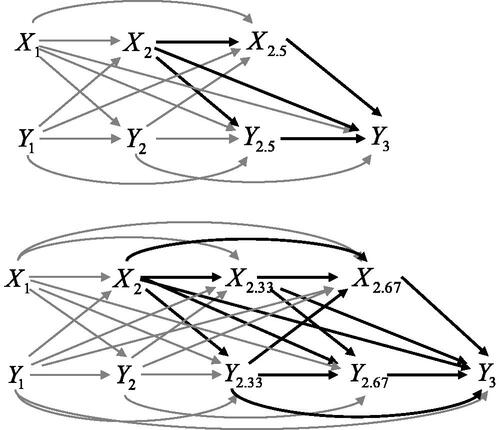
Figure 9. Process of Xt and Yt considered at time points 1, 1.5, 2, and 3. Thick paths are included in the causal cross-lagged effect of X2 on Y3 (with adjustment for X1, Y1, and Y2).
